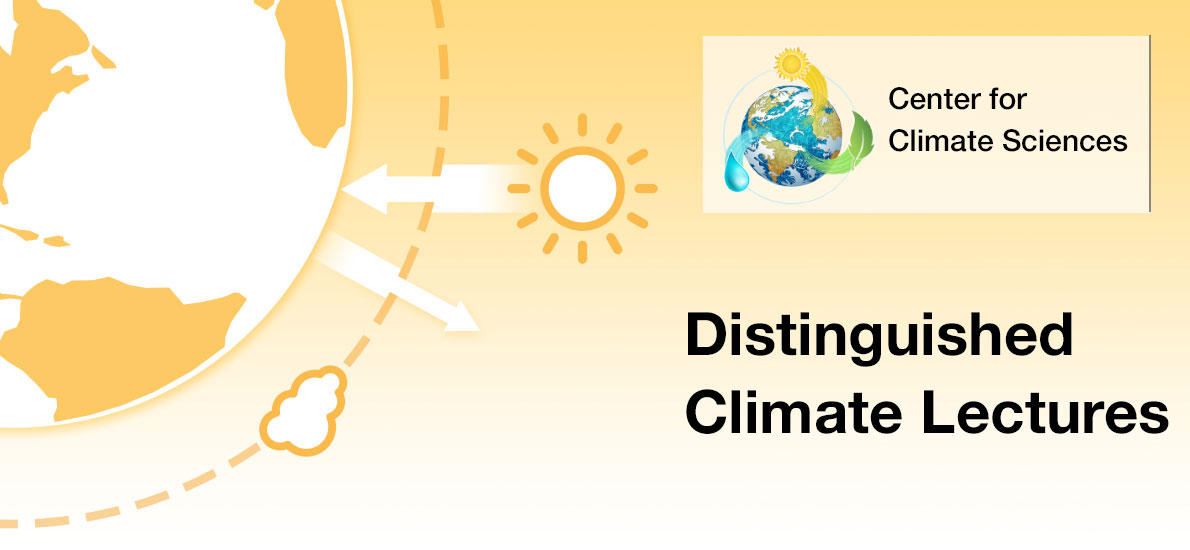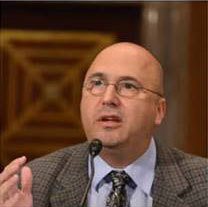Seminars
Estimating climate sensitivity by comparing climate models to observations
Andrew Dessler, Professor of Atmospheric Sciences at Texas A&M University
May 16, 2016 | 180-101, 11-Noon

About this Lecture

The Equilibrium Climate Sensitivity (ECS), the amount of equilibrium warming in response to a doubling of carbon dioxide, is one of the most consequential and uncertain parameters in climate science. We show using climate models that the response of the climate system to short-term climate variability, such as the El Nino-Southern Oscillation or weather noise, can help us determine which models are most accurate and provide insight into what the ECS actually is.
About Andrew Dessler

Andrew Dessler is a climate scientist who studies both the science and politics of climate change. His scientific research revolves around climate feedbacks, in particular how water vapor and clouds act to amplify warming from the carbon dioxide that humans emit. In 2012, he received the AGU’s Ascent Award from the atmospheric sciences section to reward exceptional achievement by a mid-career scientist. During the last year of the Clinton Administration, he served as a Senior Policy Analyst in the White House Office of Science and Technology Policy. Based on his research and policy experience, he has authored two books on climate change: The science and politics of global climate change: A guide to the debate (Cambridge University Press, 2006, 2010, co-written with Edward Parson), and Introduction to modern climate change (Cambridge University Press, 2012). This latter book won the 2014 American Meteorological Society Louis J. Battan Author's Award. In recognition of his work on outreach, in 2011 he was named a Google Science Communication Fellow. Prior to his work on climate, his research focused on stratospheric photochemistry. He is presently a Professor of Atmospheric Sciences at Texas A&M University. His educational background includes a B.A. in physics from Rice University and a Ph.D. in chemistry from Harvard University. He also did postdoctoral work at NASA’s Goddard Space Flight Center and spent nine years on the research faculty of the University of Maryland. Prior to graduate school, he worked on Wall Street in the energy group at The First Boston Corporation doing mergers and acquisitions analysis.He authored the book The chemistry and physics of stratospheric ozone depletion (Academic Press, 2000) about his work on that subject.
He is presently a Professor of Atmospheric Sciences at Texas A&M University. His educational background includes a B.A. in physics from Rice University and a Ph.D. in chemistry from Harvard University. He also did postdoctoral work at NASA’s Goddard Space Flight Center and spent nine years on the research faculty of the University of Maryland. Prior to graduate school, he worked on Wall Street in the energy group at The First Boston Corporation doing mergers and acquisitions analysis.
